 At SportsTravel, we’re always excited to visit destinations and attend events and conferences to discuss the state of sports-related travel and tourism. Some of those trips to share and learn are modest in scale and some allow us to explore more distant markets. Our most recent trip was definitely one of the latter.
At SportsTravel, we’re always excited to visit destinations and attend events and conferences to discuss the state of sports-related travel and tourism. Some of those trips to share and learn are modest in scale and some allow us to explore more distant markets. Our most recent trip was definitely one of the latter.
Indeed, I was pleased to be part of one of the more ambitious trips we’ve taken in the name of sports tourism since starting the magazine—some 16,000 miles roundtrip to the central China city of Lanzhou. That was where SportsTravel was asked to take part in the IAAF Global Running Conference that coincided with the city’s annual international marathon, an event that attracts more than 40,000 runners at several distances, including a family fun run.
The conference came at an interesting time for the state of running around the world. There is evidence that participation globally is starting to slip, led by a drop in the United States and Europe where decades of rapid participation growth is inevitably starting to plateau. (More on that in a moment.) And yet, in China and other parts of Asia, what had been a sleepy or even nonexistent participation rate years back is now seeing the beginning of its own boom that by itself stands likely to reverse the overall global trend. Consider this statistic, courtesy of the IAAF, the international federation for track-and-field events: In 2011, there were 22 sanctioned road running events in China with 400,000 participants. In 2018, there were 1,582 events with more than 6 million participants.
Sponsored Content
“That is a phenomenal statistic,” said IAAF CEO Jon Ridgeon, who addressed the conference of about 400 event organizers and running industry representatives from across China and around the world.
I couldn’t agree more. And having had the chance to moderate a session at the conference and witness the Lanzhou International Marathon firsthand, it is clear that there is tremendous opportunity ahead for race organizers and destinations looking to evangelize how running and its related events can improve the quality of life for residents and visitors alike—and increase the economic impact from those events for the host cities.
On the panel I moderated, we discussed the role of place branding that marathons in particular can provide a host city, the role that government support can play in destinations looking to host and expand such events, and the impact of potential tourism spend on the host city. Included in the discussion were the organizers of two vastly separate races: The Muscat Marathon in Oman and the Xiamen Marathon in the southeast China coastal city.
The Xiamen race proved to be a telling case study of how a race can grow with the right approach to its customers in the racing public. Formed in 2003, the race now can accommodate about 35,000 runners, with more than 80,000 applying for a spot every year, said race director Wu Mingxian. Originally held in March, the race was later moved to the more temperate climate of January. That switch allowed it to be tied into the city’s Chinese New Year’s festivities, a combination of sports and festivals that are serving the running industry well as the millennial generation looks increasingly to events as social experiences as much as athletic endeavors.
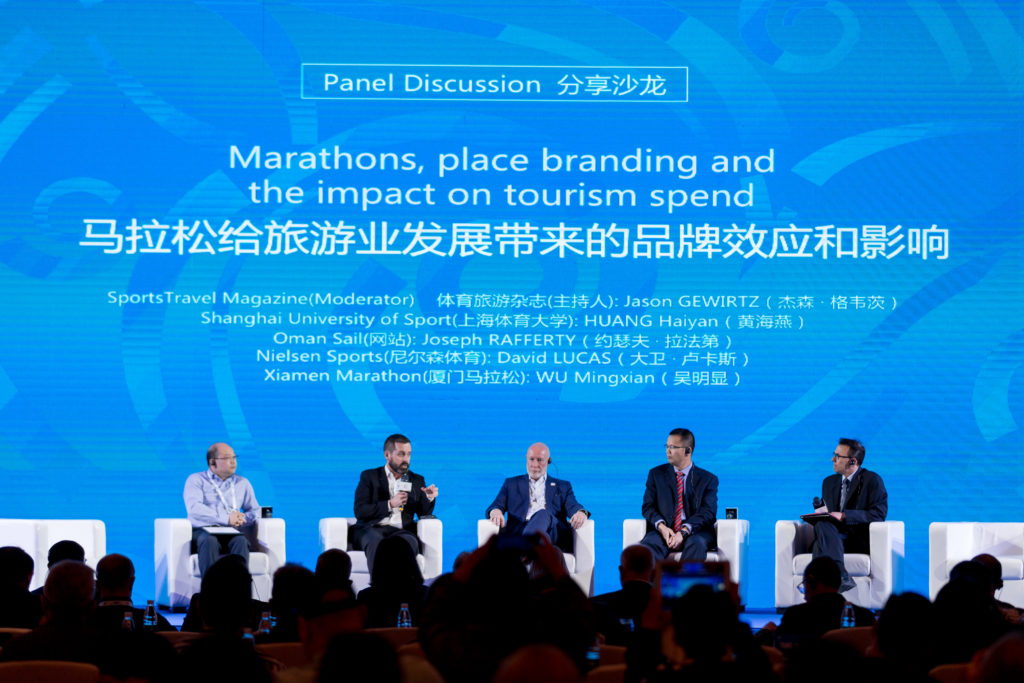
Meanwhile, Omani government officials are looking to diversify the Middle East nation’s economy away from the traditional oil industry that has been so naturally dominant, said Joe Rafferty, an Irish native with a background at IMG and Ironman who is leading the effort. Where are they looking? To sporting events in general and running races specifically. The Muscat Marathon is young but it’s growing. And the area’s terrain is lending itself to ultra-marathons and other endurance races (at least during the winter months) that promise to help the country tell a new story to potential visitors though sports.
A Pivot to Sports
Our discussion was eye-opening, but also of note was the race I had the chance to witness in the conference host city. Lanzhou, located in the geographic center of China along the Yellow River, played a historic role on the Silk Road, serving as a key location in China’s opening to the West. There are 3.2 million people living there today and the city sees itself once again as being in a central geographic position to take advantage of visitors from around the world.
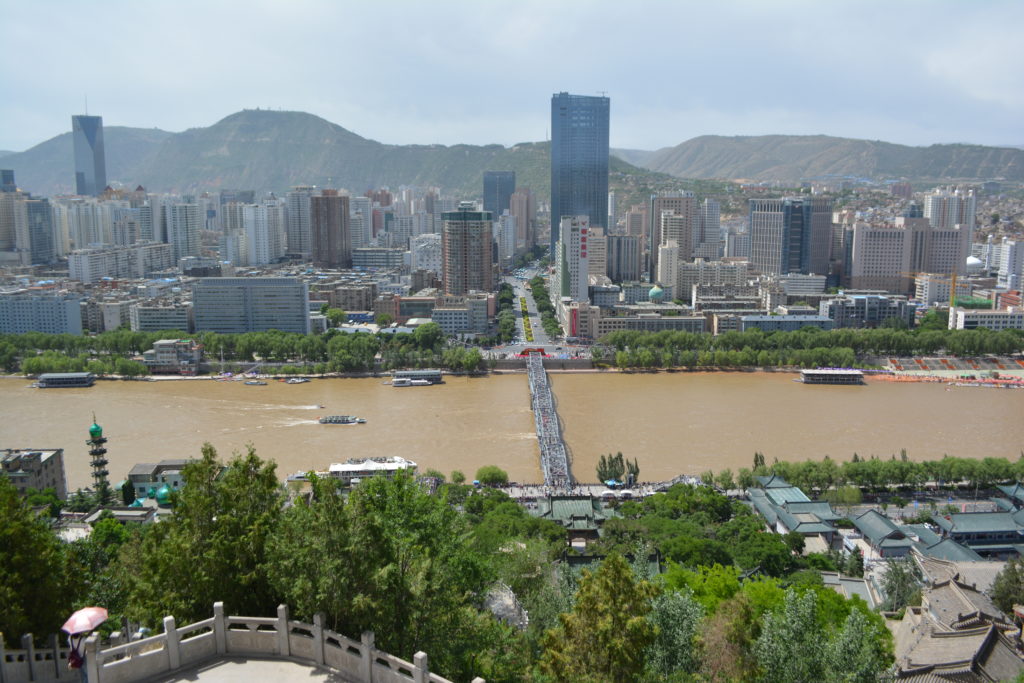
One area that city leaders are investing heavily in is the city’s marathon, which has been held for 11 years and is now an IAAF Gold Label race. The city’s mayor, Zhang Weiwen, gave an impressive report to the conference delegates about how much the city has invested in its race—and the return it has received. While 13,000 run the full marathon, the other participants are running half marathons, 5Ks and a family fun run that made for a seemingly endless wave through the starting lines on race morning. Consider these statistics:
- In 2018, the city welcomed 67.2 million tourists who generated an estimated economic impact of $8.6 million
- Last year, 85 million visitors came through the city’s airport—six times that of 2011
- Citizens in Lanzhou are more physically active than they’ve ever been: 1.4 million described themselves that way in 2018, a 42 percent increase over the year prior
- The success and visibility of the marathon has allowed Lanzhou to attract 17 more sporting events in recent years
“We see the important links of public relations, marketing and media,” Zheng said. “The marathon’s significance has gone beyond the event. It is more than a road race: It’s part of our city character.”
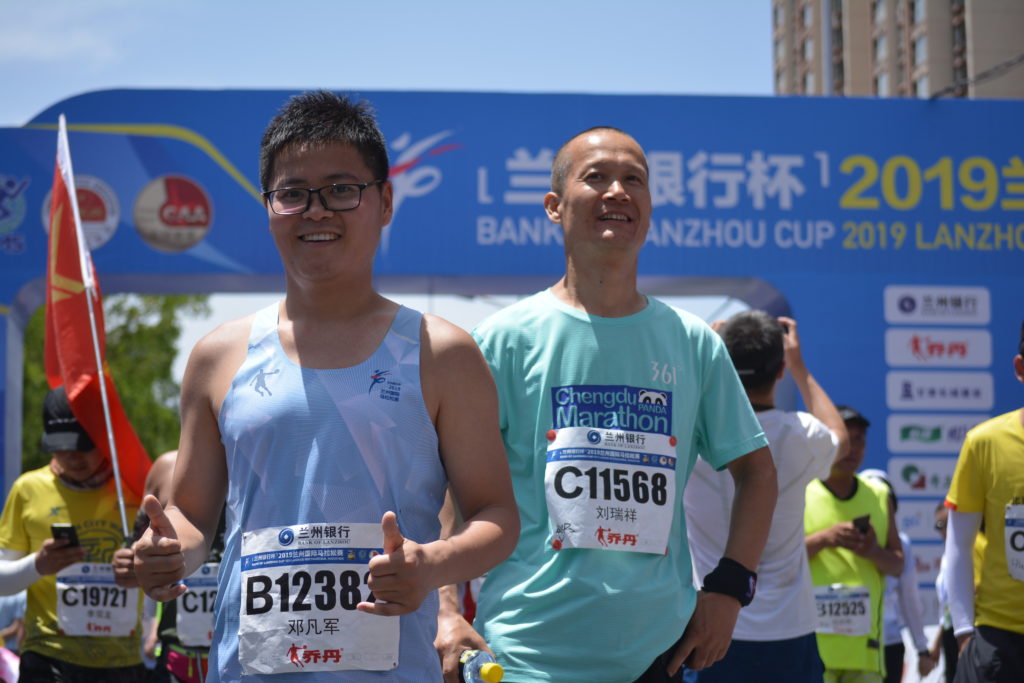
The race, in fact, has a year-round presence in the city’s main square on the banks of the Yellow River. That’s where an enormous statue of the marathon race logo towers every day of the year. It’s where two large, cartoonish running figures are in perpetual stride through the square’s gardens. It’s where a permanent monument to the race showcases the top finishes etched in plaques that will be expanded as the years go on.
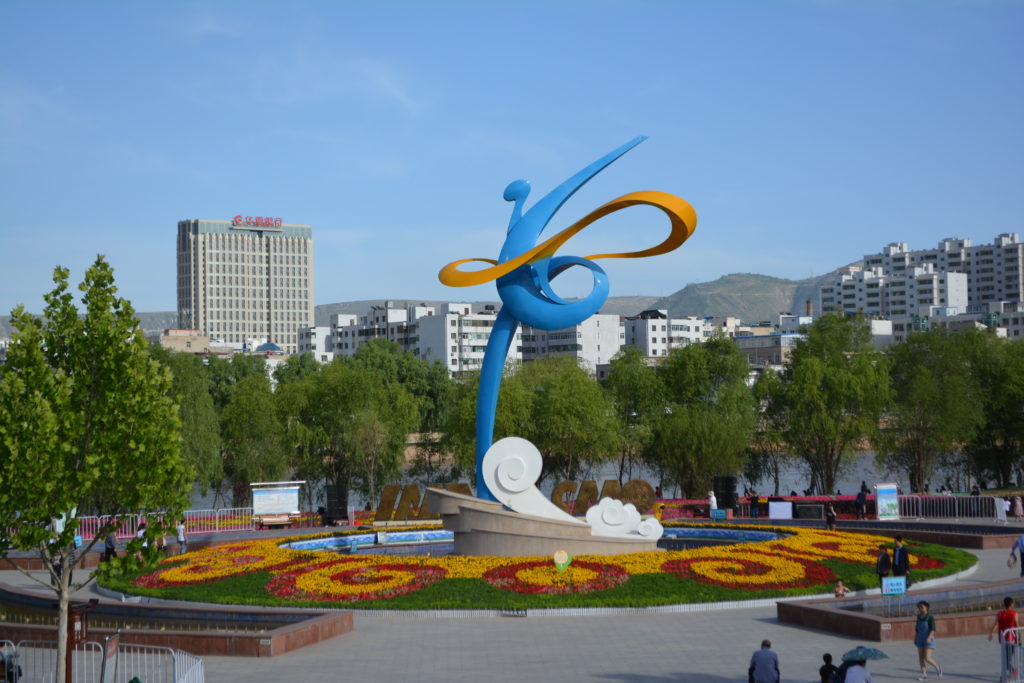
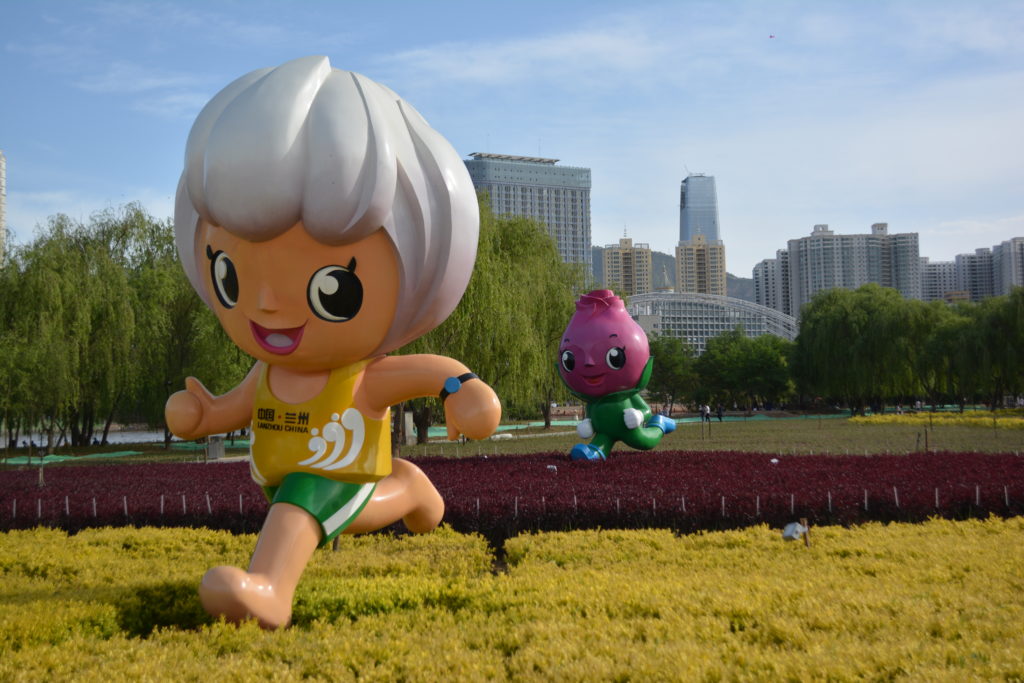
And if that wasn’t enough, the city was clearly proud to be hosting the IAAF forum on the business of running events. How proud? An hour after the start of the marathon, race officials moved over to the square to unveil a seven-foot gold monument with the conference logo as well as the logos of the event’s organizers, the IAAF and the Chinese Athletics Association.
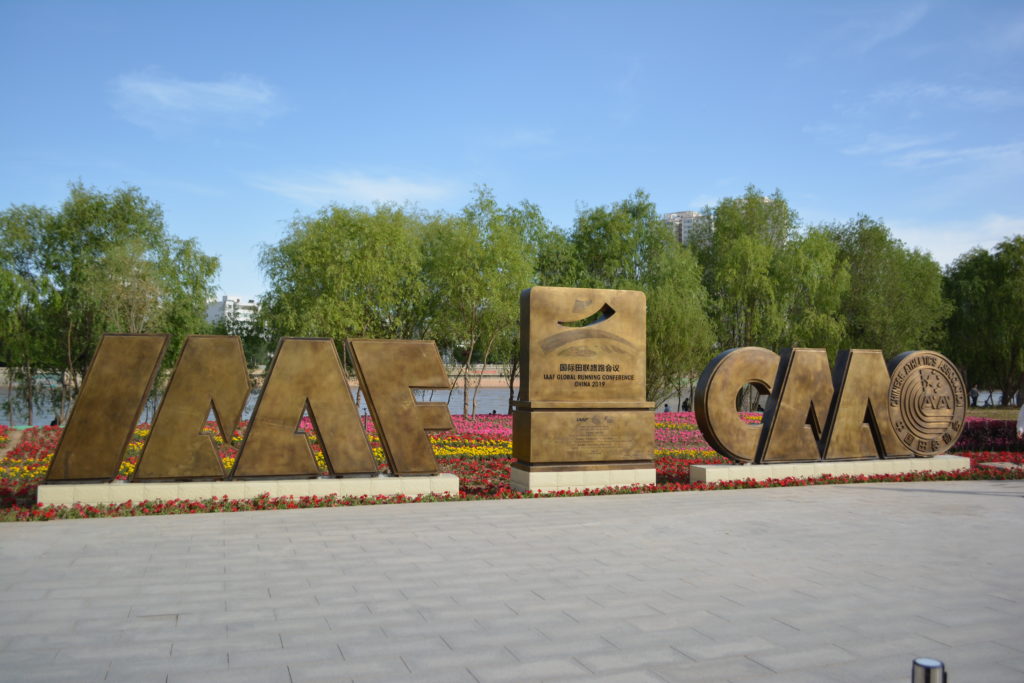
If you think your host city is proud of the events it hosts, ask yourself if you’d be willing to commission a monument for those events on the likes of what Lanzhou produced. (Side note, after some inquiring, I learned that the impressive piece was underwritten by local sponsors, who were also proud to be affiliated with the event in some capacity.)
Trends in Running
As for the overall trends in running participation that I mentioned earlier, the running industry has some cause for concern but also tremendous opportunity, according to Jens Jakob Andersen of RunRepeat.com, who released his recent findings from perhaps the most comprehensive study of worldwide running trends ever produced. His data surveyed more than 107 million race results from 70,000 events in 209 countries from 1986 to 2018. The full report can be found here, but here are some of his fascinating findings:
- While there was a 13 percent decline in participation worldwide from 2016 (9 million finishes) to 2018 (7.9 million finishes), there has been an overall 57 percent increase over the past 10 years. (Of note, Andersen’s statistics do not yet include races in China, whose data is expected to become more readily available in years to come as the industry matures.)
- Runners are getting older: In 1986, the average age was 35.2; in 2018, the average age was 39.3
- In terms of popularity, most runners are racing a 5K (30 percent), followed by 10K, half marathons then marathons
- The fastest finishers in different distances come from Spain (marathon), Russia (half marathon), Switzerland (10K) and Ukraine (5K); Also of note, Swiss women run faster on average than men do in 63 percent of nations surveyed.
- In 2018, women were the majority of runners worldwide for the first time; but in the United States, that switch happened long ago. Women make up 58 percent of runners in the U.S., the second-highest national percentage, behind only Iceland (59 percent)
- Foreign visitors make up 3.5 percent of marathon racers, 1.9 percent of half marathons, 1.4 percent of 10K races and just 0.2 percent of 5K races; with the exception of the 5K, all those numbers are on the rise.
Andersen had some interesting advice for event organizers based on those statistics. For instance, will a 5K attract international visitors? Obviously, that’s difficult. But if you combine your event with a festival or social experience, perhaps people will be more inclined to visit around a race. Another small detail he encouraged for race directors in non-English speaking countries: Make the English version of your website the default page for web searches. Such a subtle change will make your event appear more welcoming and less intimidating for people to visit, he said. “I know it’s a small detail,” he said, “but the world is getting smaller.” And as for races that don’t currently have a majority of women runners, there is a tremendous amount of opportunity to market to those racers given the global trend.
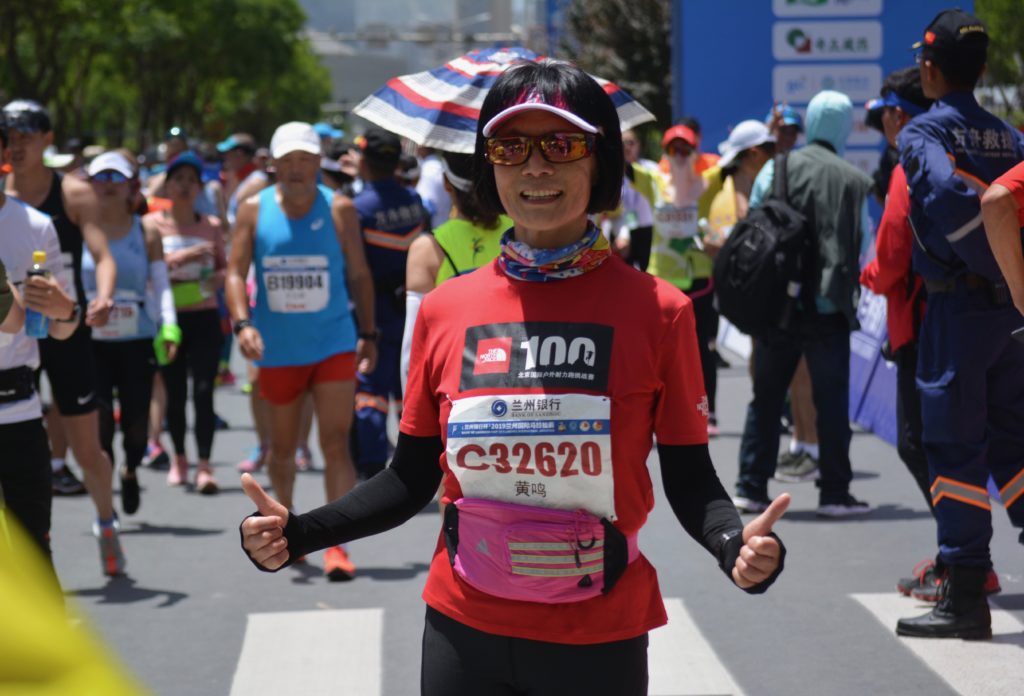
As for the U.S., running participation appears to have peaked in 2013 and has been down or steady in recent years. The trend, noted Running USA CEO Rich Harshbarger—who also spoke at the conference—is likely the result of increased competition for people’s time, something that is a challenge for event organizers in all sports. His advice for race directors, among other things: Don’t just get to know your customers better through surveys. Do a better job mining that data to adjust to the needs of those who are running. Harshbarger is not terribly concerned with the plateau in running participation in the United States, noting that 18 million people still run regularly in the country. After talking with him at length on the issue, I’m not concerned either.
One reason why is the story that road races can tell for a host community. Increasingly so, cities are looking at sports events as a way to improve the quality of life of their residents. That could be by offering them the opportunity to watch world-class athletes compete at an event they have secured through bidding. But more so, it manifests itself in participation events like a running race where people can feel good about themselves, take part in a social experience with friends and relatives, and support a better lifestyle. Running is also perhaps the only sport where you can line up next to elite athletes at the same event in the same venue, a marketing strategy that can be explored further to gauge interest in events.
And keep in mind that simply growing the number and size of events for the sake of growth may not be in host cities’ best interests anyway. Paco Borao, head of the marathon in Valencia, Spain, issued that cautionary tale to delegates, noting that the success of his city’s branding as “The City of Running” now has the city offering races on 43 weekends every year. “Growth can be your death,” he cautioned, advising cities to have a handle on their residents’ tolerance for street closures and over-programming that could affect quality of life in other ways.
The fact remains that running is one of the most cost-effective sports for people of all nationalities. And the people charged with overseeing the sport and its events at the international level seem to have a handle on what needs to be done—and are being proactive by even assembling the global summit that attracted race directors of the industry’s largest events, including those in New York, Boston, Chicago and Houston.
The Power of Sports
But perhaps the mayor of Lanzhou summed up the feeling among delegates at this conference better than anyone. As his city looks to become more of a name on the international scene, it is hard to argue with the role running events can have in that effort, and the tourism and goodwill they can generate. “The marathon has become the showcase of the city’s culture,” Zheng said. “We believe marathons are not only a sport, but a window to showcase your city. We have changed the outside world’s perception of central China so we can go global more quickly.”
That speaks to the power of sports, something we’ve advocated for more than two decades at SportsTravel. And that’s the case whether it’s your local 5K here in the United States or a burgeoning race in a welcoming city halfway around the world.
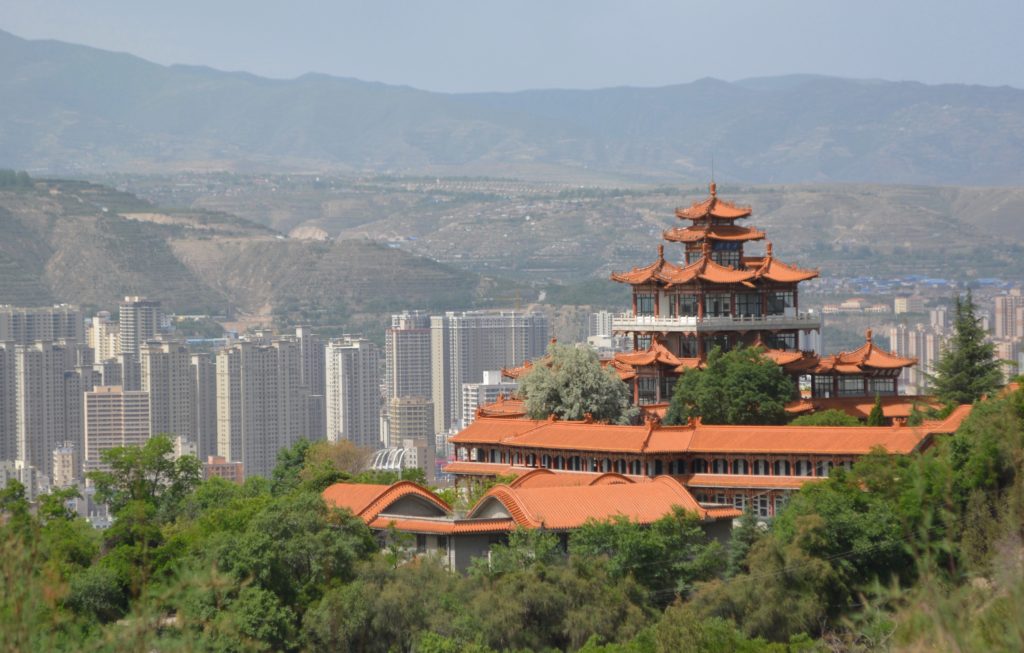












 Copyright © 2025 by Northstar Travel Media LLC. All Rights Reserved. 301 Route 17 N, Suite 1150, Rutherford, NJ 07070 USA | Telephone: (201) 902-2000
Copyright © 2025 by Northstar Travel Media LLC. All Rights Reserved. 301 Route 17 N, Suite 1150, Rutherford, NJ 07070 USA | Telephone: (201) 902-2000